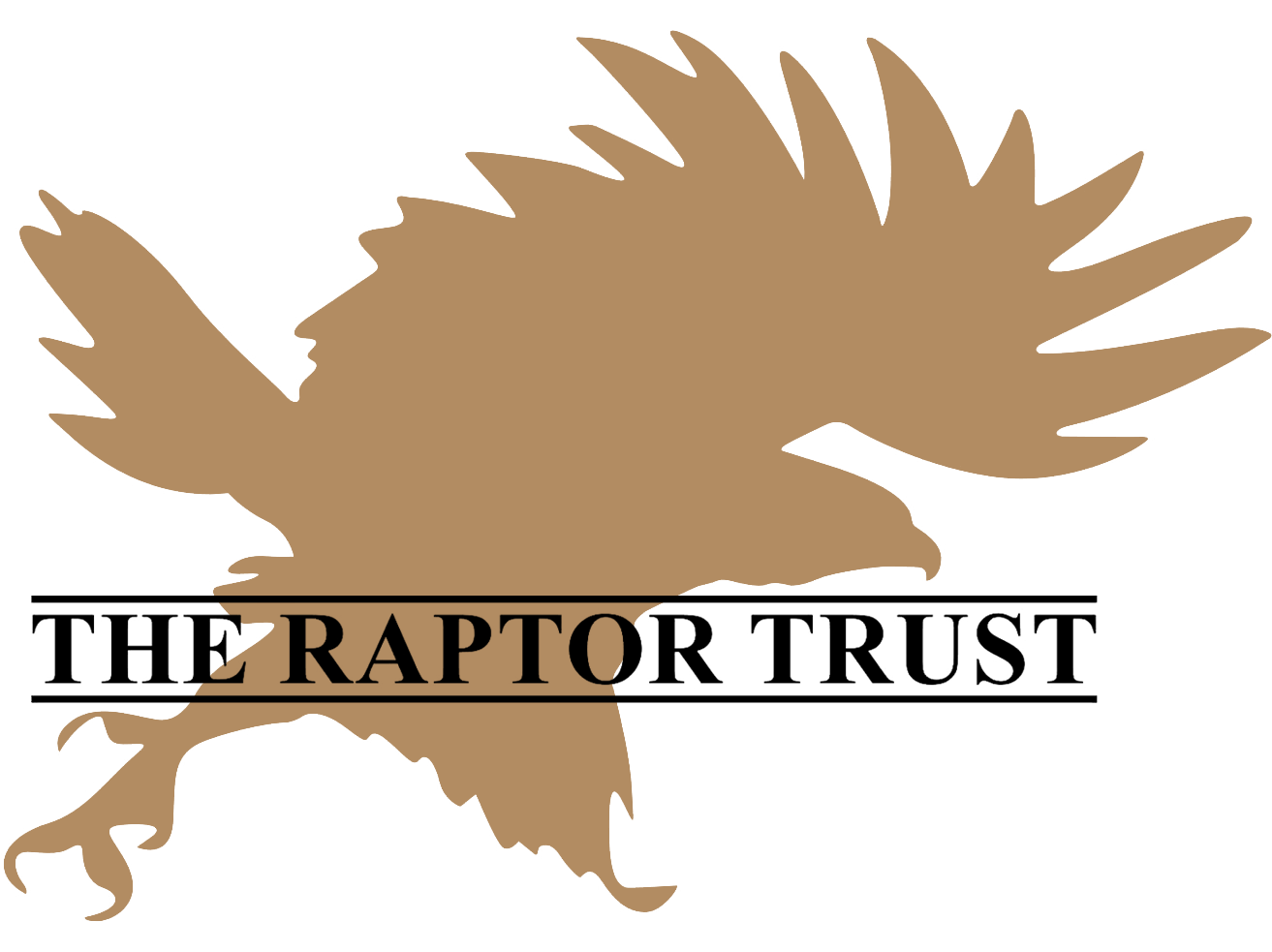Capturing, Handling and Transporting Injured Birds
The degree of difficulty and the risk involved in attempting to rescue an injured wild bird depends greatly on the following: what kind of bird it is, how big it is, and what’s happened to it.
Determining What's Wrong
Any healthy, wild bird should fly away when approached by a person. If it doesn’t, it’s often for one of the following reasons:
It’s too young to fly away.
It’s sick and too weak to fly away.
Small birds
In general, small birds are easier and much less risky to handle than larger ones.
Most of the injured birds people find primarily songbirds, are easily handled without gloves. A small towel can be used to pick them up and they pose little threat to their rescuers.
Large birds
For larger birds, wearing gloves and eye protection is recommended. If it is a large bird with a sharp beak & talons, call a licensed wildlife rehabilitator or local animal control to help capture the bird.
Large birds like geese and swans are difficult to capture and handle because of their size and strength. They can use their wings as weapons to deliver serious blows.
A raptor (hawk or owl) that has been hit by a car and knocked unconscious is no problem to pick up, but the same bird can inflict serious damage with its sharp talons when alert.
Loons, herons and egrets can be dangerous to handle. When rescuing these birds, rescuers must take precautions to avoid being stabbed, bitten or clawed. Your local animal control or law enforcement department may be able to help.
Transporting Wild Birds
Be aware that an injured bird will not know you’re trying to help it and will resist your efforts in whatever way it can. If it is not resisting you, it’s because it is stressed or injured badly enough that it needs help, not because it likes you.
By rescuing an injured or orphaned wild bird, you’ve taken the very important first step in saving its life. Please do not try to raise a baby bird or care for an injured bird yourself. It is illegal and not in the best interest of the bird. You’ve taken it out of harm’s way and ideally you have it safe and secure in a box. Take it to a licensed avian wildlife rehabilitator as quickly as possible so they can offer the bird its best chance at survival, self-sufficiency and freedom.
How to transport injured birds:
Every bird rescue is unique depending on the bird’s size and injury type. You may be able to toss a t-shirt, towel or sheet over the bird and scoop it up gently. A fishing net or butterfly net may be used as well.
Do not transport wild birds in wire cages or glass aquariums. These can cause them harm.
Do not offer food or water! For the short period of time the bird will be traveling it is not necessary.
The safest way to contain and transport most injured birds is in a cardboard box large enough that the bird is not tightly confined. Punch air holes in the sides of the box and place a towel or old carpet on the bottom so the bird doesn’t slip around while traveling.
Small birds may be safely transported in a securely closed paper bag. Place a paper towel or small washcloth on the bottom so the bird doesn’t slip around while traveling.
Pet carriers can also be use. Drape a towel over the entire carrier to create a visual barrier for the bird.
Placing the bird in a quiet, warm, dark environment is very important. It will help keep the bird calm, reduce stress and prevent it from causing further injury to itself.

